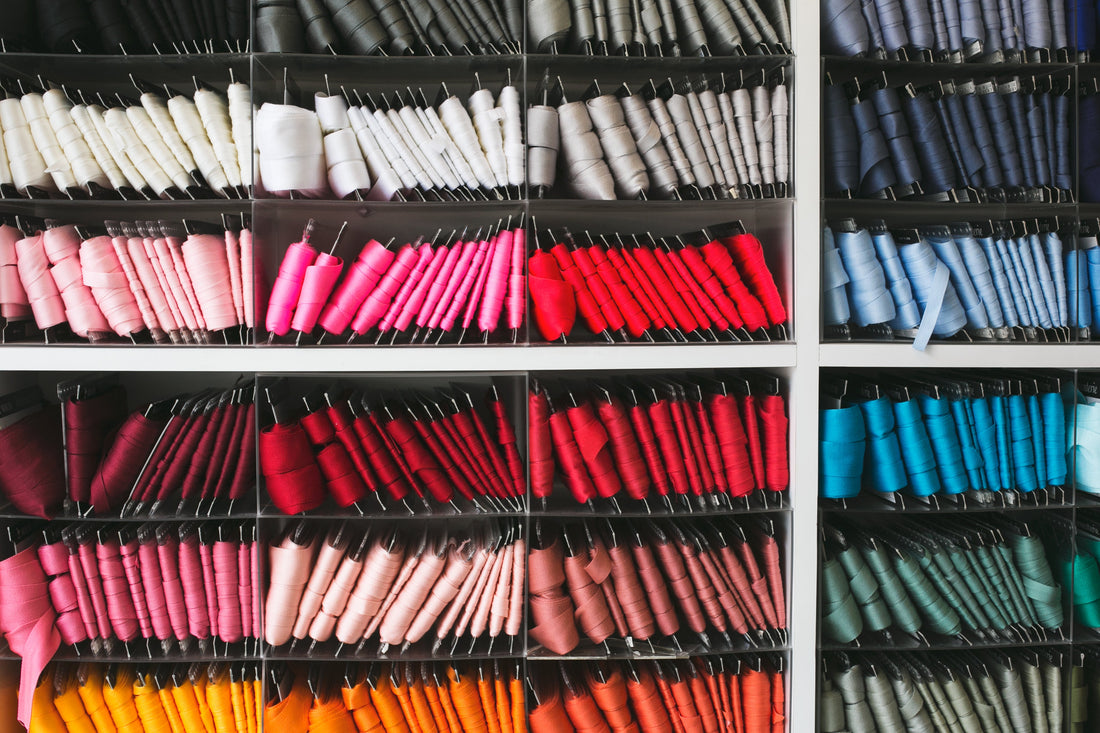
Why OEKO-TEX® Standard 100 Matters — And Why We Care at Billie Swim
Share
At Billie Swim, we believe your swimwear should feel just as good as it looks. That’s why we’re proud that our fabrics are OEKO-TEX® Standard 100 certified.
But what exactly does that mean? And why is it important? Let’s dive in.
What is OEKO-TEX® Standard 100?
In simple terms, OEKO-TEX® Standard 100 is a globally recognized certification that guarantees textiles have been tested for harmful substances. Every component of the fabric — from the threads and dyes to the trims — is independently tested to ensure it’s safe for human skin.
To earn the certification, a product must meet strict criteria that go beyond national and international requirements. The standards are updated annually to keep up with the latest scientific findings and regulatory changes.
Why It Matters
Your skin is your largest organ, and when it comes to swimwear, it's in close contact with your body for hours — in the sun, saltwater, or chlorine. Choosing certified materials means you're not exposing your skin to potentially toxic chemicals like formaldehyde, heavy metals, or allergenic dyes.
Beyond personal health, OEKO-TEX® also promotes more responsible manufacturing practices. It pushes factories and suppliers to clean up their processes, limit harmful emissions, and prioritize the wellbeing of both workers and the environment.
At Billie Swim, we’re building a brand for women who care — not just about fit and style, but about how their choices affect the world around them.
When you wear Billie Swim, we want you to feel confident — not only in how you look but in what you’re supporting.
In a Sea of Choices, Choose Better
It’s easy to get swept up in the trends. But we believe in slowing down and choosing quality, consciousness, and care. OEKO-TEX® Standard 100 is just one of the ways we’re holding ourselves — and our supply chain — to a higher standard.
Because better swimwear isn’t just about design. It’s about what goes into it.
